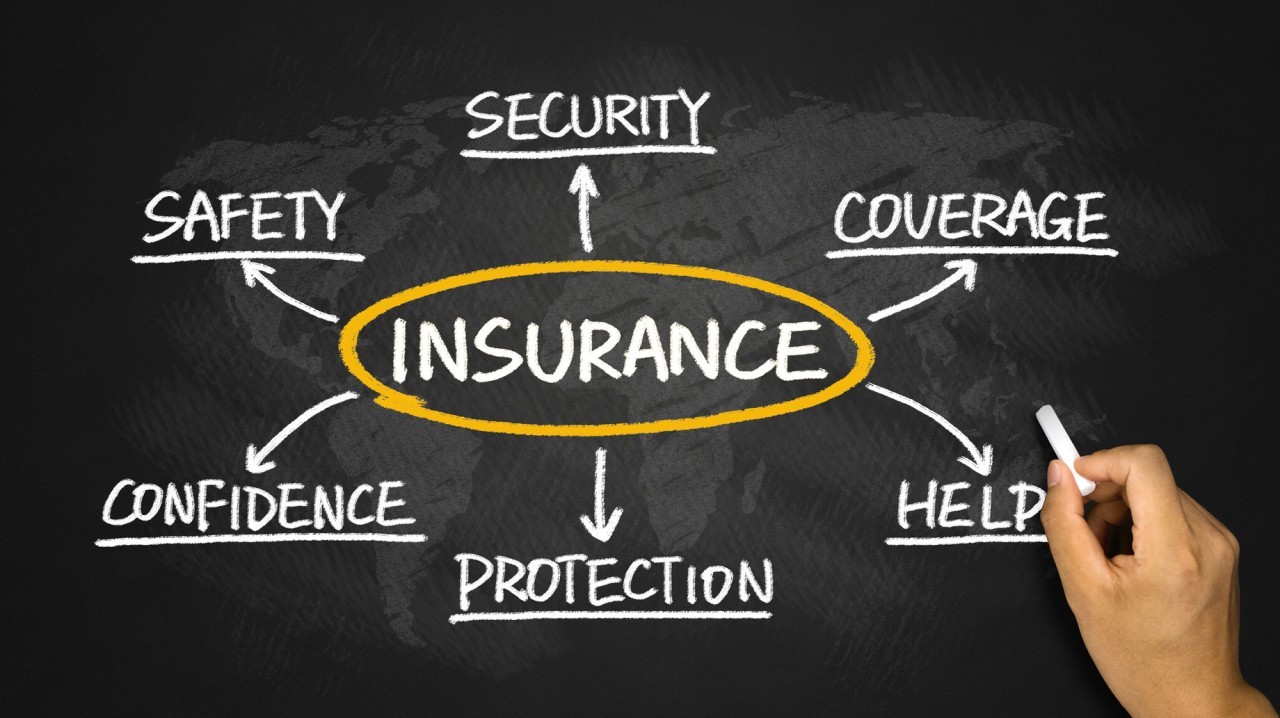Owning a vintage car is a unique experience that blends passion, nostalgia, and craftsmanship. These vehicles are more than modes of transportation—they’re rolling pieces of history, often lovingly restored and meticulously maintained. But with that pride of ownership comes a responsibility to protect the investment, and that’s where insurance plays a vital role. Insuring a vintage car isn’t the same as insuring a daily driver. It requires a specialized approach that reflects the car’s value, usage, and irreplaceable nature. Understanding how to insure your vintage car properly ensures that you’re covered not just financially, but emotionally, should something go wrong.
The first distinction to make is between standard auto insurance and classic or collector car insurance. Traditional policies are designed for vehicles that depreciate over time and are used regularly. Vintage cars, on the other hand, often appreciate in value and are driven sparingly, typically for leisure, shows, or special events. Because of this, insurers offer agreed value policies for vintage cars, which means you and the insurer agree on the car’s worth upfront. If the car is totaled or stolen, you’re reimbursed for that agreed amount, rather than a depreciated market value. This is crucial for owners who have invested heavily in restoration or own rare models that are difficult to replace.
To qualify for vintage car insurance, insurers usually require that the vehicle meets certain criteria. Age is a factor—most policies apply to cars that are at least 20 to 25 years old. Condition matters too; the car should be well-maintained and not used as a primary vehicle. Mileage limits are common, with many policies capping annual usage to preserve the car’s condition and reduce risk. Storage requirements may also apply, such as keeping the car in a secure garage when not in use. These stipulations aren’t meant to be restrictive—they’re designed to align coverage with the realities of vintage car ownership and ensure that premiums remain reasonable.
Documentation plays a key role in securing the right coverage. Insurers will often ask for photographs, appraisals, and maintenance records to verify the car’s condition and value. An independent appraisal can be especially helpful, providing a professional assessment that supports your agreed value and helps avoid disputes in the event of a claim. Keeping detailed records of restoration work, parts replacements, and upgrades not only enhances your insurance application but also contributes to the car’s provenance, which can affect its market value over time.
Liability coverage is another important consideration. Even if you drive your vintage car infrequently, accidents can happen. Liability insurance protects you if you’re found responsible for injury or property damage while operating the vehicle. Some vintage car policies include higher liability limits, recognizing that these cars often attract attention and may be involved in events with public exposure. If you participate in car shows, parades, or club activities, make sure your policy covers those scenarios. Event-specific coverage may be available or included, depending on the insurer.
Comprehensive and collision coverage are essential for protecting the car itself. Comprehensive insurance covers non-collision events like theft, vandalism, fire, or natural disasters. Collision coverage applies if the car is damaged in an accident, regardless of fault. Because vintage cars often have custom parts or require specialized repairs, it’s important to confirm that your policy allows for authentic restoration and the use of original or equivalent components. Some insurers work with networks of restoration experts and can help facilitate repairs that maintain the car’s integrity and value.
If you transport your vintage car to events or between locations, consider coverage for transit. Damage during shipping or towing is not always covered under standard policies, and vintage cars are particularly susceptible to harm if not handled properly. Insurance that includes transit protection ensures that your car is covered from garage to show floor and back again. This is especially relevant for owners who use enclosed trailers or hire professional transport services, where the risk of damage may be lower but still present.
Owners who have multiple vintage cars or a collection may benefit from a policy that covers all vehicles under one umbrella. This can simplify administration and sometimes offer cost savings. Collection policies often include flexible usage terms and broader coverage options, tailored to the needs of serious enthusiasts. Whether you own a single classic convertible or a garage full of vintage muscle cars, consolidating coverage can streamline your insurance strategy and provide peace of mind.
Choosing the right insurer is just as important as selecting the right policy. Not all insurance companies specialize in vintage cars, and working with one that understands the nuances of collector vehicles can make a significant difference. These insurers are more likely to offer personalized service, flexible terms, and claims processes that respect the value and uniqueness of your car. They may also provide resources for valuation, restoration, and community engagement, enhancing your overall ownership experience.
Ultimately, insuring your vintage car is about more than financial protection—it’s about honoring the time, effort, and emotion invested in preserving a piece of automotive history. It’s about ensuring that your car can be enjoyed, shared, and passed down without the looming worry of loss or damage. By taking the time to understand your options, document your vehicle properly, and work with knowledgeable professionals, you can build a coverage plan that reflects the true value of your vintage car. In doing so, you protect not just a machine, but a legacy.




